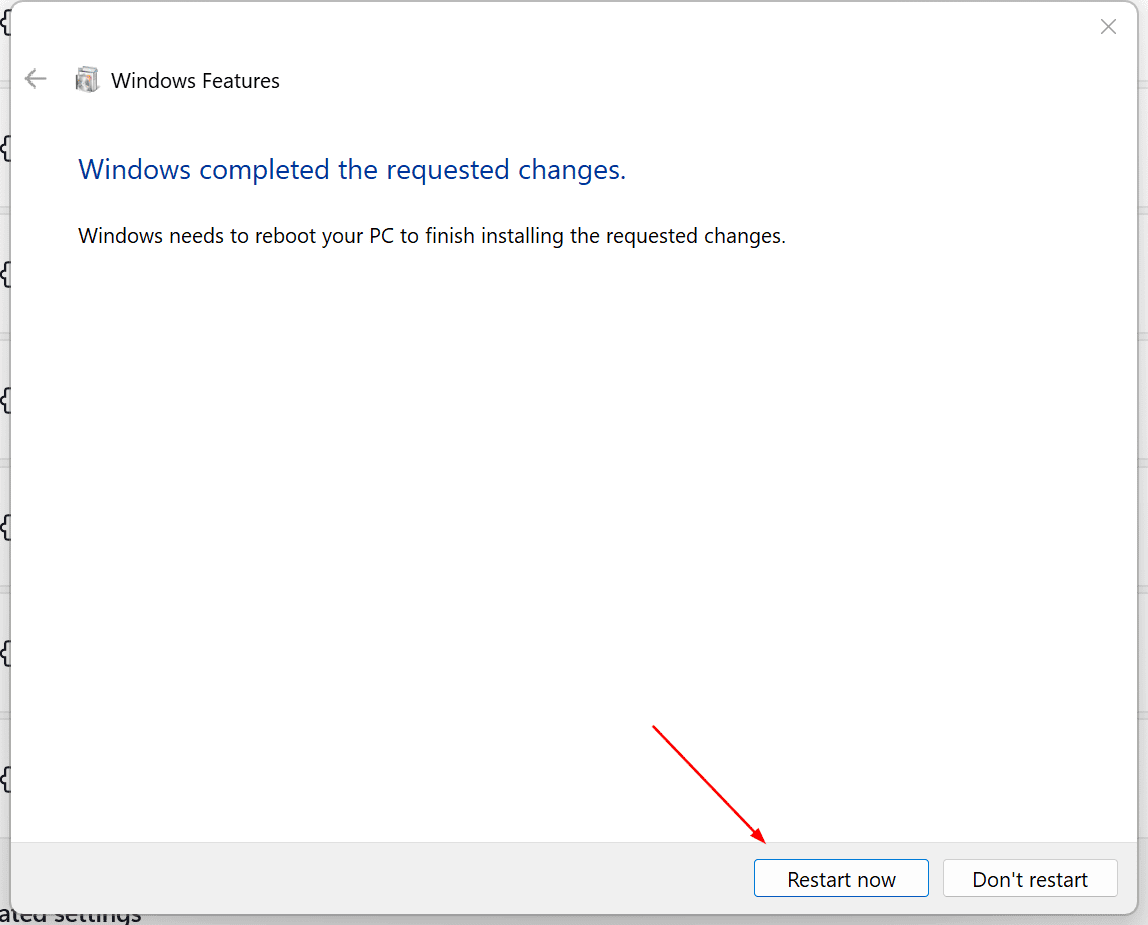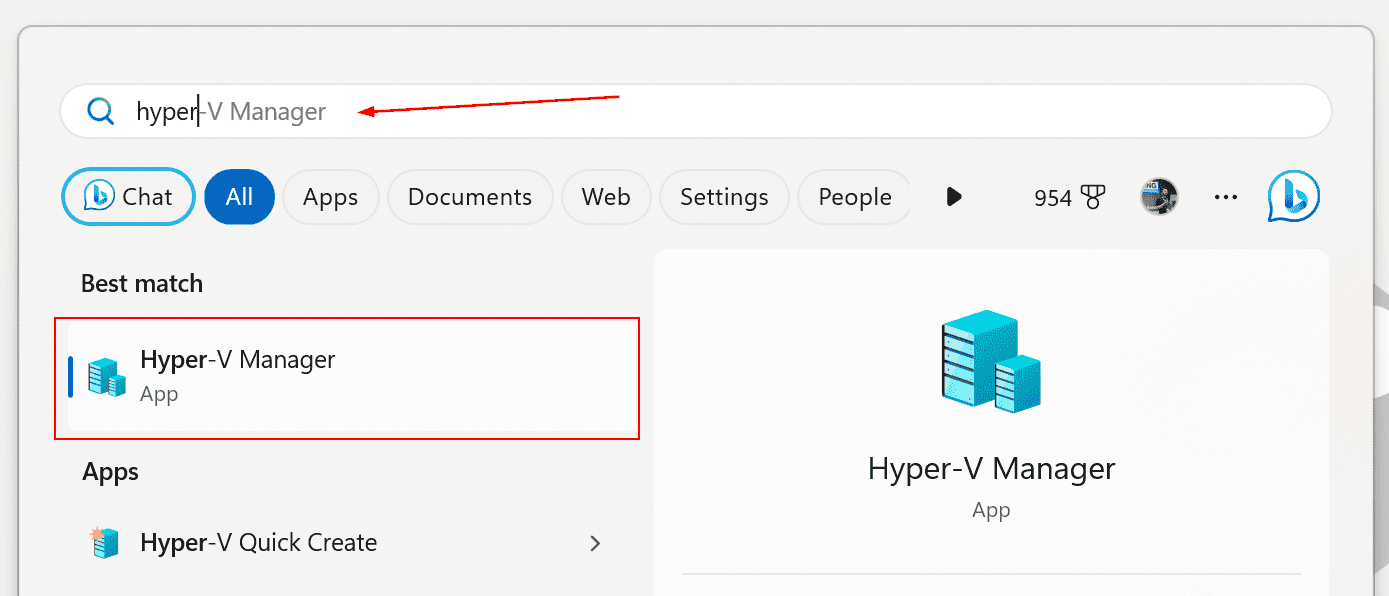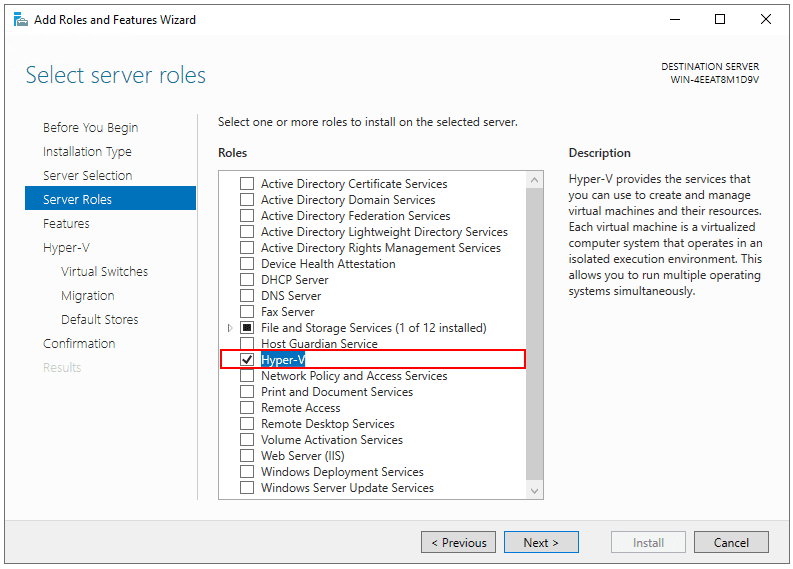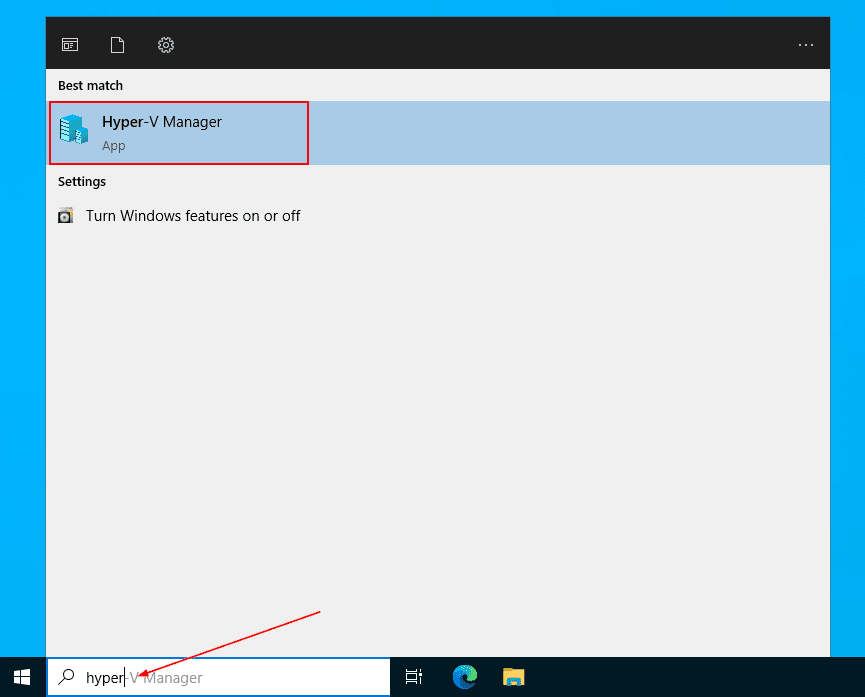Alongside VMware, Hyper-V stands as one of the most widely used hypervisors in organizations. Its primary function revolves around hosting virtual machines and various workloads on them.
Microsoft initially introduced the first version of Hyper-V in Windows 8 Professional and Windows Server 2008. Presently, Hyper-V remains accessible in Windows 11 and Windows Server 2022. Fortunately, the process of enabling Hyper-V hasn’t undergone significant changes. It can still be enabled using either GUI or PowerShell.
In this article, I will guide you through the steps to enable Hyper-V on both Windows 11 and Windows 2022.
Enable Hyper-V client in Windows 11
Hyper-V, when installed on Windows machines, including Windows 11 and earlier versions, is referred to as a Hyper-V on the client machine. To enable Hyper-V, follow these steps:
- Press the Windows logo key + I simultaneously to open the Settings menu
- Click on Apps and then click Optional features.
- Scroll down to Related settings and click on More Windows features
- Select Hyper-V and then click OK
- Once completed, click Restart now




That is it. You successfully enabled Hyper-V in Windows 11.
After Windows has rebooted, click on the Start Menu, and search for Hyper-V to run it.

Enable Hyper-V in Windows Server 2022
From Windows Server 2008 up to Windows Server 2019, you could install Hyper-V as a server role through Server Manager or as a standalone Hyper-V server (Server Core). Starting from Windows Server 2022, Microsoft didn’t release Hyper-V as a standalone product, but you can still install it as a server role. Here is how to do it.
- Open Server Manager
- Click on Add roles and features
- Under Before you begin, click Next
- Under Select installation type, click Next
- Under Server selection, click Next
- Under Server roles, select Hyper-V and then click Add Features. Click Next
- Under Select features, click Next
- Under Hyper-V, click Next
- Under Create Virtual Switches, select network adapter/s and click Next
- Under Virtual Machine Migration, click Next
- Under Default Stores, click Next
- Under Confirm installation selections, select Restart the destination server automatically if required and then click Install
- You successfully enabled Hyper-V in Windows Server 2022. click on the Start Menu, and search for Hyper-V to run it



We hope you found these steps straightforward. If there are any questions, please let us know in the comment section.
Fortify the security of your Hyper-V environment effortlessly by acquiring BDRSuite: Download BDRSuite
Discover the remarkable capabilities of Hyper-V backup with BDRSuite and witness its effectiveness firsthand: Hyper-V Backup with BDRSuite
Related Posts:
Hyper-V Configuration Versions and Generations
Securing Hyper-V Hosts and Virtual Machines
Hyper-V Mastery: A Step-by-Step Guide for Beginners to Elevate Your IT Skills and Boost Your Career
Follow our Twitter and Facebook feeds for new releases, updates, insightful posts and more.

